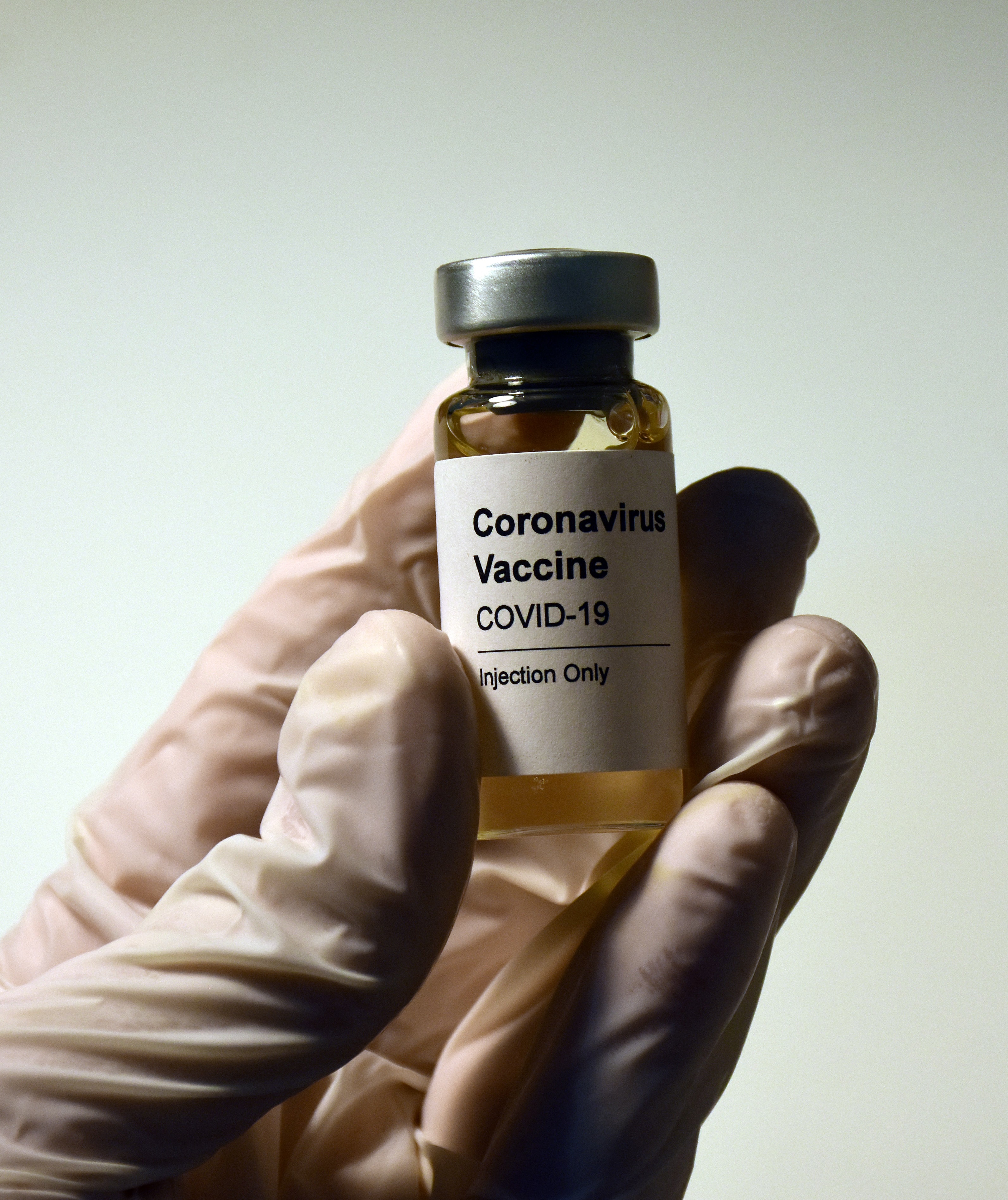
As more and more people are getting vaccinated against the coronavirus, it is important to understand not only what the vaccine is, but also how it works and when it is available for you.
What is the Coronavirus?
The coronavirus is a virus that causes an infectious respiratory disease. The majority of those that are infected with the coronavirus will experience mild to moderate respiratory symptoms. They have been able to recover without needing any special treatment. However, older patients and patients with a history of medical problems have a higher chance of developing more serious symptoms. The coronavirus spreads from person to person. It is mainly transmitted through nose discharge or saliva droplets when an infected person coughs, sneezes, or talks. Although that is the primary mode of transmission, it is still possible to contract it by touching a surface that has the virus on it and then touching areas of the mouth, nose, or eyes.
What is the COVID-19 vaccine and how does it protect us?
The best hope for ending the pandemic is through vaccinations. The U.S. Food and Drug Administration (FDA) has authorized COVID-19 vaccines to be used in preventing the coronavirus disease. These vaccines will help people develop an immunity to the coronavirus without having them actually contract the disease. The vaccine will teach the immune system to create proteins (also known as antibodies) that will fight the disease if the body is ever exposed to the virus later on in the future.
The purpose of vaccinating the public is to develop “herd immunity” which is an indirect form of protection against the disease. Herd immunity can be created when a population is immune to a specific disease through mass-scale vaccination. The number of people in a population that need to be vaccinated for herd immunity to be achieved is different for each disease. As of now, scientists do not know the percentage that is required for coronavirus. Only through time and research will scientists be able to gather that exact data.

The types of vaccines
Traditionally, vaccines have to gain FDA approval to be eligible for public use. However, since approval could take up to years and there is a critical need for vaccines, the FDA has been giving emergency use authorization to certain types of COVID-19 vaccines. The main vaccines that are being distributed are Pfizer/BioNTech vaccine and the Moderna Vaccine. The Pfizer/BioNTech vaccine requires two doses that need to be administered 21 days apart. It has a 95% efficacy rate seven days after the second dose. This vaccine is recommended for people 16 and older. The Moderna vaccine also requires two doses that need to be administered 28 days apart. It has an efficacy rate of 94.1%. The vaccine is recommended for people 18 and older. Both vaccines use messenger RNA, also known as mRNA. The vaccines use the mRNA to tell cells how to produce a safe piece of the S protein, which is a spike-like structure found on the surface of the coronavirus. When the body begins to make the protein pieces, the body will recognize it, mount an immune response, and make antibodies to destroy them.
The side effects of the vaccine
As with any other vaccine, the COVID-19 vaccine does come with side effects. These are normal and indicate that the body is building protection. They include pain and swelling near or around the injection site. Throughout the rest of the body, the vaccine could cause fever, chills, tiredness, joint pain, and headaches. Most side effects happen within the first three days of the vaccination and will usually only last one to two days. If pain or discomfort is experienced, it is best to talk to a doctor or take an over the counter medication, such as ibuprofen or acetaminophen.It is recommended to drink lots of fluids after the vaccine as well.
The vaccine’s rollout process
Since the COVID-19 vaccine supply is limited, the CDC is giving recommendations on who to give the vaccine to first. Each state is a little bit different, so it is best to consult your state’s health department for the exact details. Healthcare workers and residents of long term facilities are vaccinated first. Afterwards, frontline essential workers and people over the age of 75 will be vaccinated. The next round of vaccinations will go to those between the ages of 65 and 75, anyone with underlying health conditions, and other essential workers. Finally, the vaccinations will then be accessible for the general public. As vaccine supply expands, the vaccine will become more and more obtainable.

Comments are closed